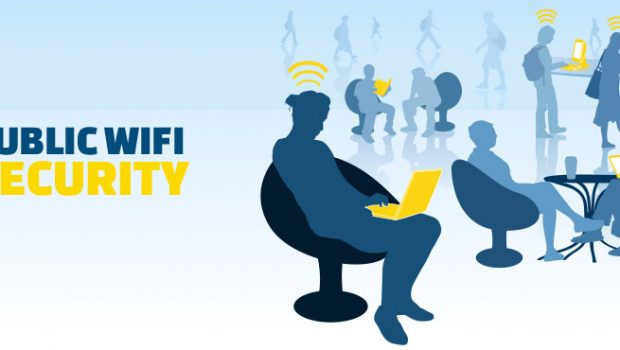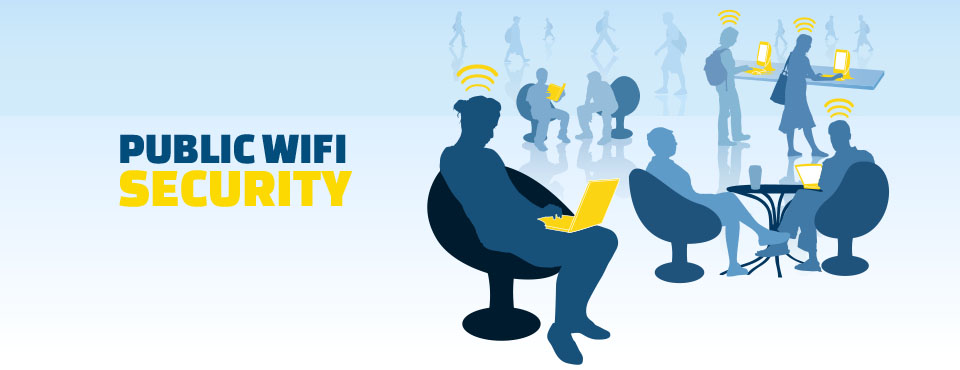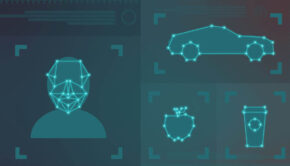Keeping Yourself Safe When Using Public Wireless Networks
If you’re not home and you currently have no internet access through a cellular network, it is easy to be tempted to use one of those free Wi-Fi networks that you can find in many public spaces. Whether it is in a mall, in a coffee shop, or at the airport, many people tend to be thrilled when they discover that elusive oasis of connectivity in an otherwise barren digital desert.
For a lot of people, free wireless networks are indispensable and unavoidable. Consider a traveler who can’t get a hold of a portable Wi-Fi unit or a foreign SIM card and whose only way of connecting to the Internet at the moment is through a hotel’s free wireless network. Or how about a student who has to rely on the library’s wireless network in order to do some research. The truth is that free wireless networks are very convenient, but they can also pose security risks.
The dangers of using public Wi-Fi networks
When you use a public network, you’re sharing it with scores—maybe hundreds—of other people. Even if such networks use passwords, there’s still no telling what sort of individuals are actually using the same network as you. In many cases, people with criminal intention do go out of their way to intercept data being sent through public Wi-Fi networks. Malicious activities like identity theft, stealing someone’s bank information, or compromising an organization’s corporate data can be perpetrated through a non-secure or bogus public wireless network.
Be Vigilant and Protect Yourself: Helpful Tips to Consider
No matter where you are, it is important to observe safety practices that can help provide you with an optimum level of security. Below are some best practices that you can observe in order to protect yourself.
Make sure that you have web encryption
One of the most basic precautionary measures that you can follow when using the web over a public Wi-Fi network is to check if your communication has HTTPS encryption. The browser you are using will usually indicate this through a lock icon on the address bar.
Many websites such as Gmail, Facebook, and Paypal offer secure browsing by default, while others will only support it when you input “https” manually on the address bar. Nevertheless, most sites will not have this protection at all, so if you need to use sensitive information such as passwords or bank details, it would be best not to do it over a public wireless network. Wait until you get back home so you can use your wireless home network instead.
Make certain that you’re not using a fake network
You might discover a Wi-Fi network that looks like the official public wireless network of an establishment or a public space, but there’s really no stopping criminals from setting up a network and naming it in a way that makes it look legitimate.
For instance, how sure are you that the “Cheesecake Factory Guest Wi-Fi” network that you joined is legit and not one that has been set up by a hacker? You can avoid becoming a victim of a bogus network by confirming its authenticity with the establishment’s service crew or the front desk. It only takes a few seconds for you to do this.
Employ a VPN
A VPN or a virtual private network is a tool that allows you to keep your browsing sessions private. It is a like a private passageway that encrypts the data sent to and from your device, as if it is directly connected to the private network. There are many VPN services available in the market, so do your bit of research to find out which one best suits your requirements.
Use two-factor authentication
Two-factor authentication, otherwise known as 2FA, is a method used by many web services to confirm the identity of a user. It works in much the same way as someone who wants to withdraw money from a bank ATM. For such transactions, it isn’t enough that the person has the physical ATM card; he or she also needs the PIN number.
For online activities like logging into a website, 2FA adds a layer of protection on top of a password. For instance, when you use 2FA for logging into Gmail, you wouldn’t be able to log in just by using the password. The service will also send you a verification code via a landline phone or by SMS, which you will then need to use to log in to the account.
Make sure your device does not auto-join old networks
Hackers can exploit the vulnerability of users whose devices are configured to auto-join previously joined networks. As already pointed out, it is fairly easy for criminals to create networks with specific names. All they have to do is to produce an impostor network with exactly the same name as a legitimate one, and devices that have joined the legit network in the past can get tricked into joining the bogus one when they get within range. To make sure that this doesn’t happen, delete or “forget” old networks by removing them from the list of networks you previously joined.
Update and get a shield
Finally, in addition to everything that has been mentioned, you should also make sure that your browser and apps are updated all the time. It will also help if you can protect your device with a robust antivirus and antimalware software as well.
With the right tools and methods, you’ll be able to effectively safeguard your device and information when using a public wireless network.








![Why Are Keywords So Important for Your Online Sales? [Infographic]](https://technofaq.org/wp-content/uploads/2017/11/Why_Are_Keywords_So_Important_for_Your_Online_Sales-150x150.png)







